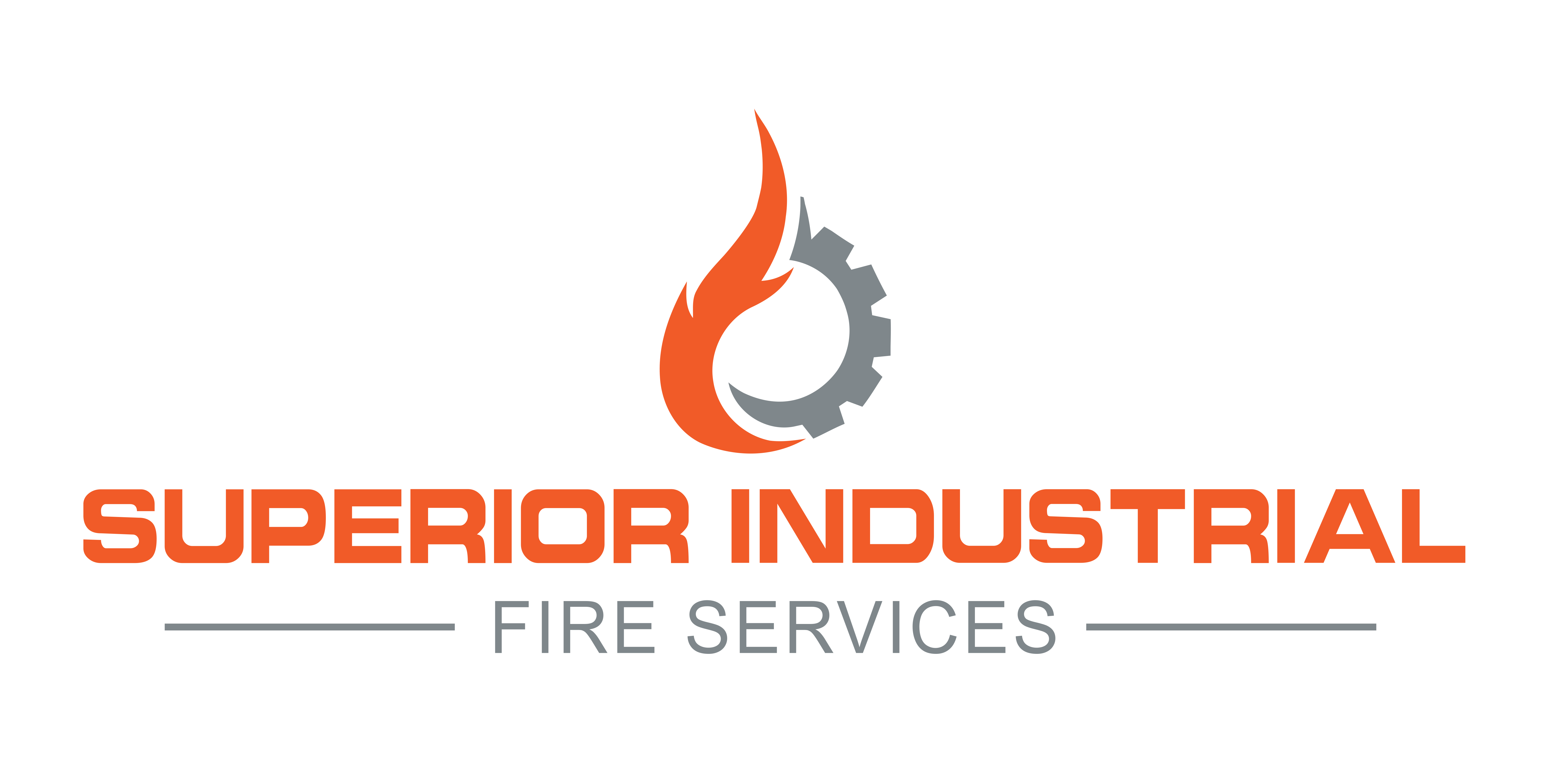Superior Industrial Fire Services, Inc.
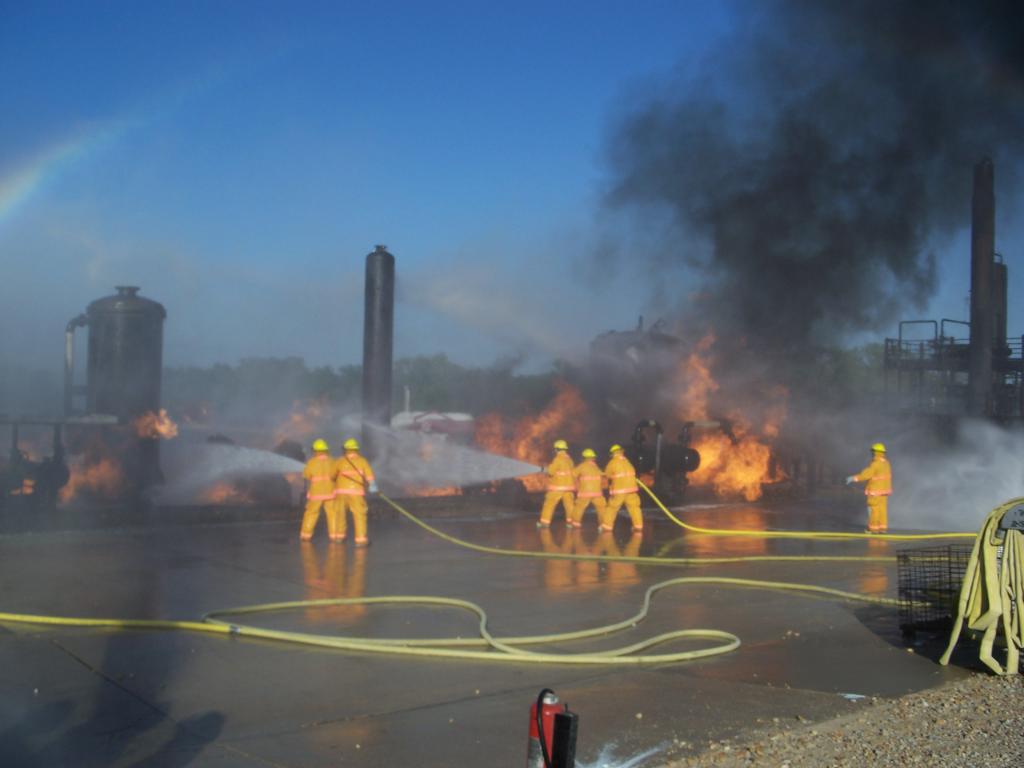
In an industrial setting, fires can stem from various sources, each requiring a specific approach to ensure safe and effective suppression. Superior Industrial Fire Services (SIFS) specializes in fire protection solutions tailored to different fire types, helping companies across the U.S. stay prepared for any situation. Understanding the different types of fires, and how to handle them, is essential for keeping your facility, employees, and assets safe.
Class A fires involve common combustible materials such as wood, paper, cloth, rubber, and plastics. These are the most frequent types of fires in both residential and industrial settings.
How to Handle Class A Fires:
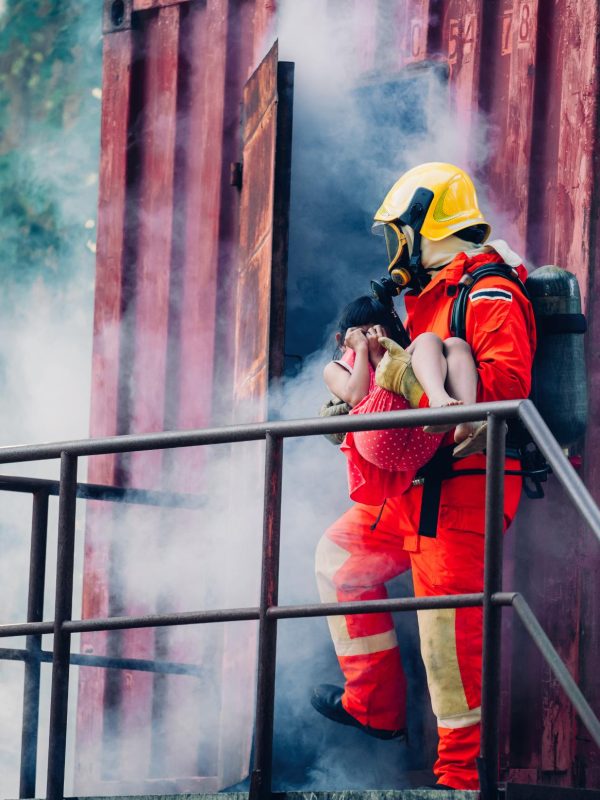
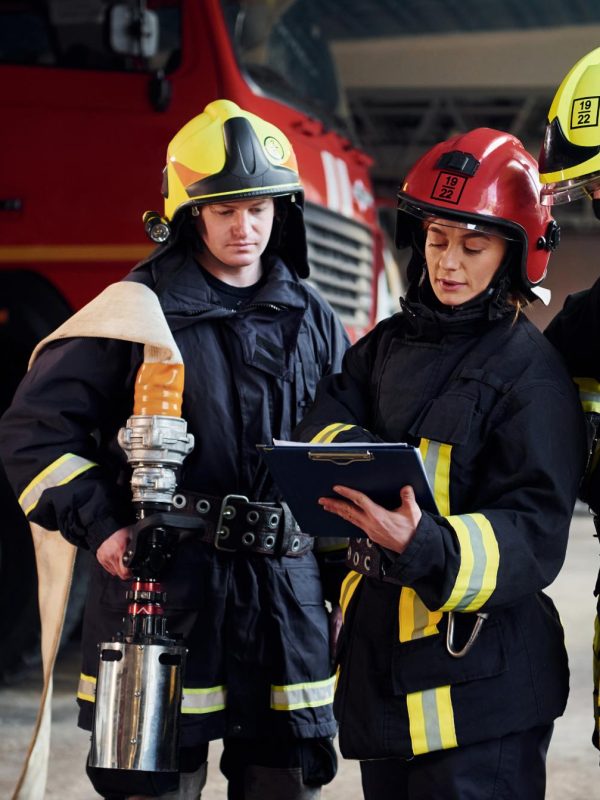
Class B fires are fueled by flammable liquids like oil, gasoline, solvents, and other chemicals. These fires can spread quickly and are common in industrial facilities that handle petroleum products or chemicals.
How to Handle Class B Fires:
Class C fires are caused by electrical equipment such as motors, wiring, appliances, circuit breakers, and transformers. These fires pose a significant risk in industrial environments where electrical systems are integral to operations.
How to Handle Class C Fires:
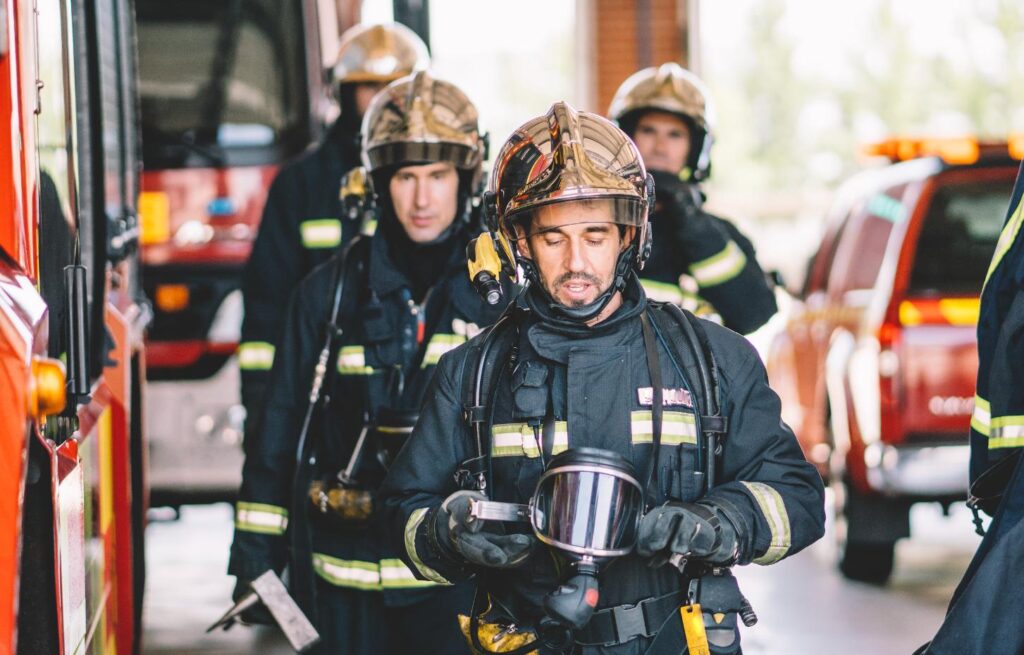
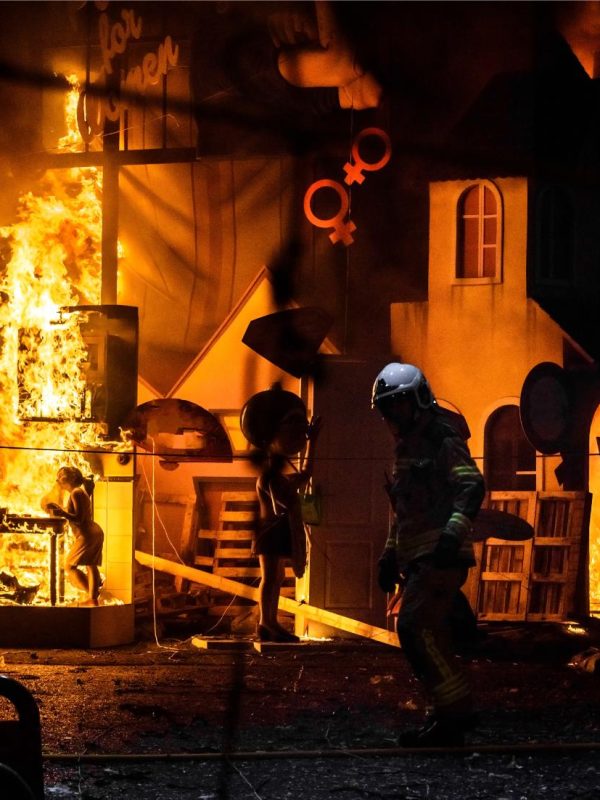
Class D fires are specific to combustible metals such as magnesium, aluminum, sodium, potassium, and titanium. These metals can ignite and burn at extremely high temperatures, making Class D fires especially dangerous.
How to Handle Class D Fires:
Class K fires involve cooking oils and grease, primarily found in commercial kitchens but occasionally present in industrial food processing facilities. These fires are extremely hot and can be difficult to extinguish.
How to Handle Class K Fires:
Prevention Tips: Ensure proper ventilation, regularly clean cooking surfaces to avoid grease buildup, and have Class K extinguishers readily available.
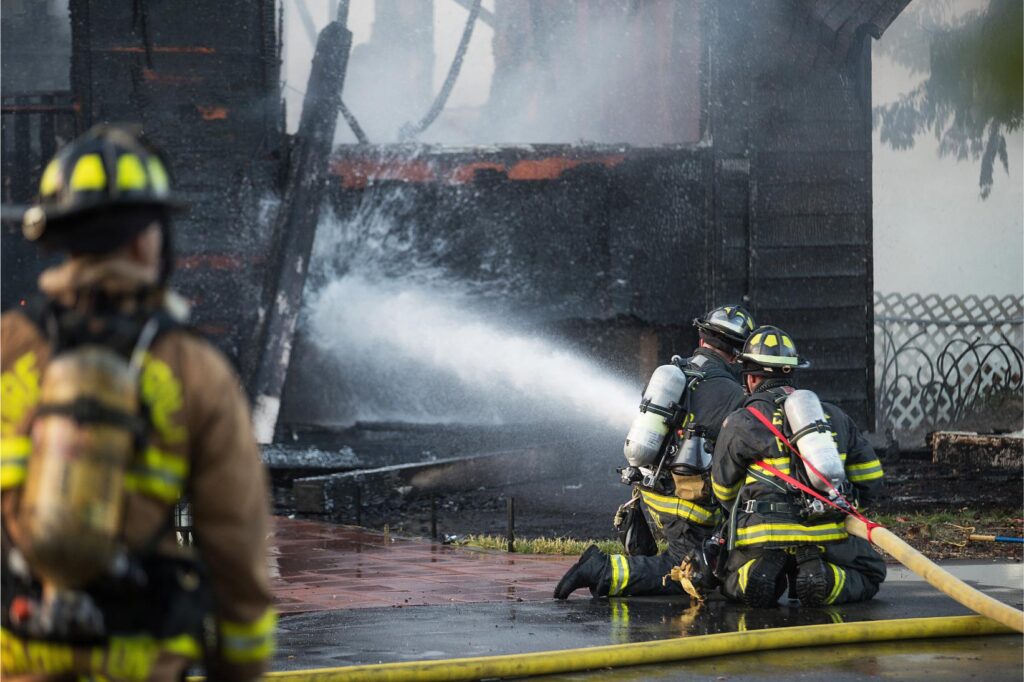

Each class of fire requires specific extinguishing agents and methods. Understanding these differences is crucial to preventing fire spread and ensuring that your fire suppression system is effective:
Effectively handling different types of fires requires expertise, the right equipment, and a proactive safety culture. Superior Industrial Fire Services offers industry-leading fire protection solutions tailored to meet the specific fire risks within your industrial facility. Whether it’s chemical, electrical, or combustible material fires, SIFS provides the most advanced fire suppression systems and training to ensure your team is ready to handle any situation. With a focus on safety, efficiency, and reliability, SIFS is the trusted leader in industrial fire solutions across the United States. Protect your facility and ensure compliance by partnering with Superior Industrial Fire Services today.
